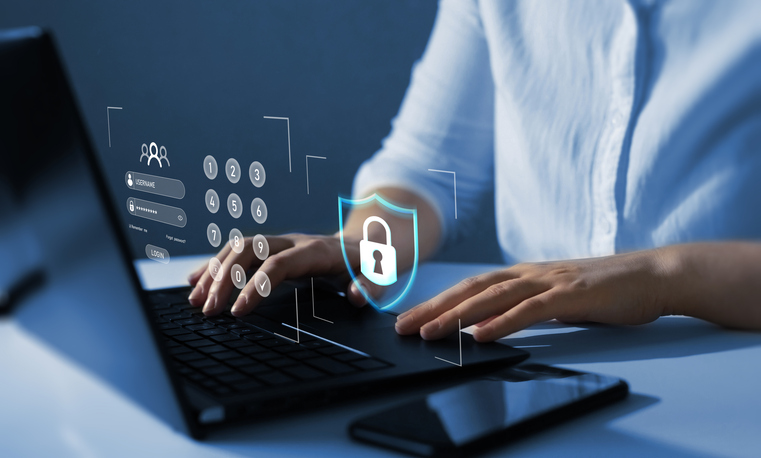5 min read
What Struggles Will Some Face Starting A Cybersecurity Career?
Embarking on a cybersecurity career can be a challenging journey filled with unique struggles. In this blog, we will explore the common obstacles...
3 min read
 The Amazing Team at Force One
:
Mar 28, 2024 2:47:34 AM
The Amazing Team at Force One
:
Mar 28, 2024 2:47:34 AM
In the fast-paced world of technology, a leading fintech startup, "FinTech Innovations," was on the verge of a groundbreaking service launch that promised to revolutionize the industry. Merely a week before the big reveal, their cybersecurity team intercepted suspicious online chatter that hinted at an imminent cyber attack aimed at disrupting their services. Leveraging advanced threat intelligence tools, they quickly analyzed the threat indicators, identified the attack's probable origin, and fortified their cyber defenses, averting a crisis that could have marred their launch. This incident illustrates the transformative power of threat intelligence in navigating the cyber threat landscape.
Understanding Threat Actor Types
At a recent cybersecurity conference, a seasoned analyst recounted a compelling incident involving "Global Bank," a major financial institution that fell prey to a sophisticated cyber-espionage campaign orchestrated by state-sponsored attackers. The attackers sought to infiltrate the bank's network to steal sensitive financial data and potentially destabilize the global financial market. Through diligent analysis and profiling of the attackers' tactics and objectives, Global Bank’s cybersecurity team was able to discern the nature of the threat actor, allowing them to deploy countermeasures tailored to thwart state-sponsored cyber activities. Recognizing the various threat actors is paramount:
Exploring Attack Vectors
The retail giant "ShopWorld" once became the target of a sophisticated phishing campaign that bypassed their email filters and tricked employees into divulging login credentials, leading to a significant data breach. This incident served as a catalyst for ShopWorld to invest heavily in employee training on cybersecurity awareness and advanced email security solutions. Understanding common attack vectors is crucial for defense:
The Role of Threat Intelligence in Cybersecurity Analysis
"HealthData Corp.," a healthcare data processing firm, utilized threat intelligence to detect and neutralize an advanced persistent threat (APT) deploying spyware aimed at stealing patient data. By integrating threat intelligence into their cybersecurity framework, they were able to:
The dynamic narrative of "FinTech Innovations," "Global Bank," and "ShopWorld" underscore the indispensable role of threat intelligence in modern cybersecurity strategy. By understanding the nuances of threat actors, recognizing prevalent attack vectors, and leveraging the full spectrum of threat intelligence, organizations can navigate the cyber threat landscape with confidence and resilience. As cyber threats continue to evolve, the strategic implementation of threat intelligence becomes not just a tactical advantage but a cornerstone of cyber defense. Our Cyber Security bootcamp offers the knowledge and skills necessary to master these critical cybersecurity domains, empowering professionals to protect against and respond to the cyber threats of tomorrow.
Also Read:
If you're interested in more job tips and ways to advance your career in the cybersecurity field, check out more details at ForceOne Cybersecurity. Together, we can build a safer digital future.
FAQs

5 min read
Embarking on a cybersecurity career can be a challenging journey filled with unique struggles. In this blog, we will explore the common obstacles...

3 min read
With the increasing frequency and sophistication of cyber threats, protecting your digital assets and sensitive information is more important than...

5 min read
Imagine for a moment, your home, filled with the hum of interconnected gadgets and devices, from smart thermostats to fitness trackers, all designed...